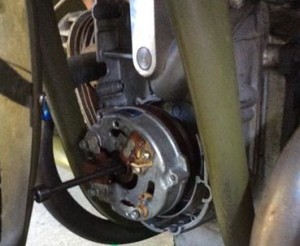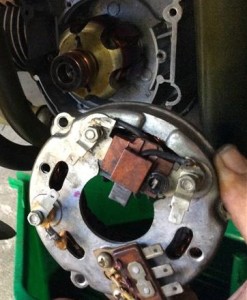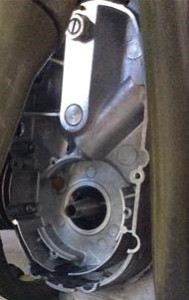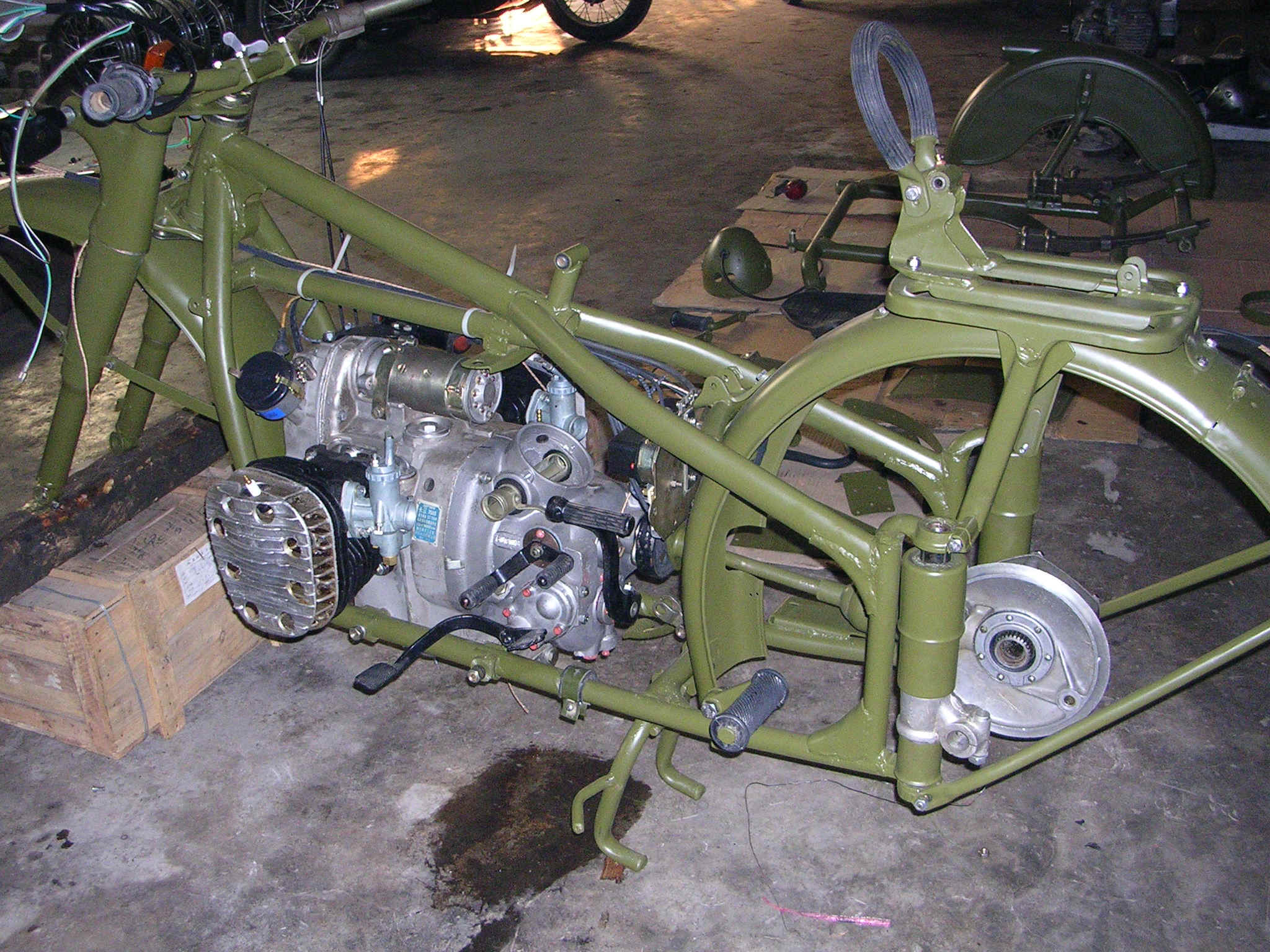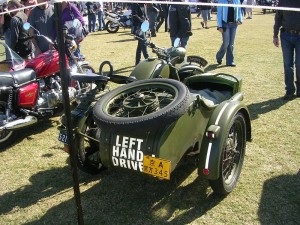The 2015 Breakfast Run, organised by the HMCCQ (Historical Motor Cycle Club of Queensland), was set for Sunday 11th January 2015. The evening before the run, I checked the Weather app on my phone and saw that a rainy day was forecast.
Oh dear!
Should I chicken out?
No!!!
Why did I purchase my wet weather gear all those years ago?
My daughter was scheduled to go with me in the sidecar. Would she still come if it was raining?
The answer was a resounding “Yes!” Rosie loves going out with her Dad in the sidecar!
We left from our home in McDowall about 05:45 am in steady rain which caused the donning of full wet gear. However, 350 metres from home, we ran out of the rain and had a dry run for the rest of the trip.
We joined Samford Road via English street and proceeded to Samford where we topped up with petrol.
From Samford we climbed the Mount Glorious Road, having to select first gear on the steepest bits. We also pulled over a few times to let other cars and motorbikes pass us slow-pokes by.
We arrived at the Rally site at the Red Cedar Picnic Ground (29.5 km short of Fernvale) at about 07:15 where there were about another 20 or 30 bikes ahead of us.
Just while we were consuming our breakfast, more than 100 other historic bikes rode in. Barry Deeth’s 100-years-old 1915 Ariel that was ridden in while we were breakfasting, had recently returned from a trip where it was ridden from Adelaide to Darwin – not a bad run for a then 99-years-old bike, I reckon!
By the time we left at about 08:50 I estimated there were over 200 historic bikes present – maybe up to 300. I will find out at the next club meeting.
From Red Cedar Park we rode to Fernvale where it was necessary to consume the obligatory pies. The Bakery has a reputation for making the “best pies in Australia” and I reckon that reputation is well-earned. We observed many people taking phone-photos of our outfit while we were at the Bakery.
From Fernvale we headed towards Ipswich along Brisbane Valley Highway as far as Pine Mountain Road where we turned left. With a cruising speed of about 70 km/h, we like to avoid freeways as far as possible. However, some freeway riding was unavoidable: where Fotheringham Road petered out we rode on the M2 motorway until the Mount Crosby Road exit. From there we continued along Mount Crosby and Moggill roads, stopping at Kenmore Shopping Centre to cool off the bike and to cool off us by walking around in the air-conditioned shopping centre.
Avoiding the M5 Western Freeway (which was closed for roadworks anyway), we filtered through through the suburbs re-joining Route 5 at the Toowong Cemetery and following Route 5 and South Pine and Old Northern Roads to our home in McDowall where we finished our ride at about 12:35.
Our average fuel consumption for the trip was 9.935 litres/100km (just over 10 km for each litre) which is not bad for a 22 horsepower side-valve engine hauling well over half a tonne across the mountains and back again!
Now for a few photos we took at Red Cedar:
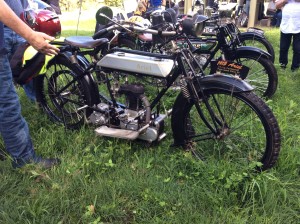
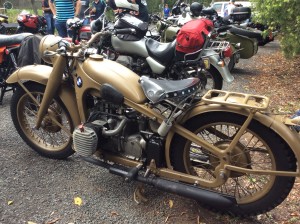

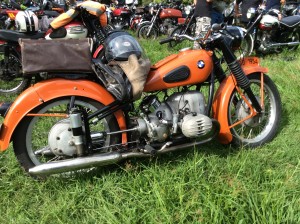
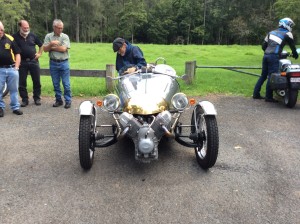
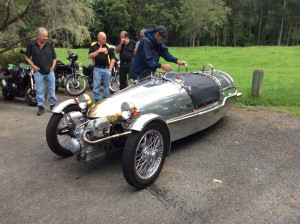
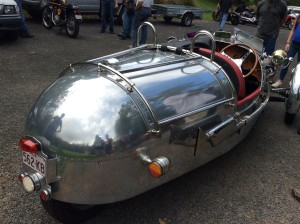
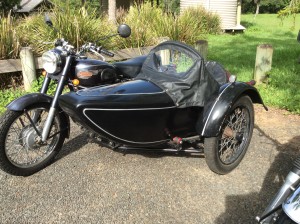
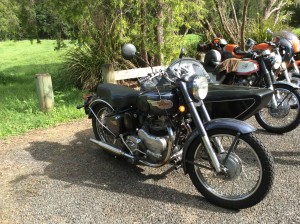
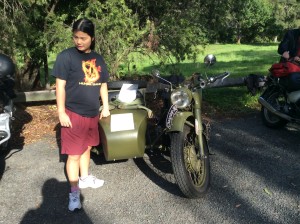
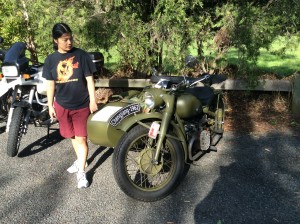
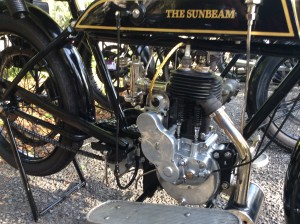
I took dozens more photos than these, but these shall be sufficient for now!
